Do you know what LED light diffuser is used for? Welcome to read this guide, where you will learn about the applications and benefits of LED light diffusers.
Whether you are looking for indoor lighting solutions or want to know more about LED light strips, you can find the information you need here.
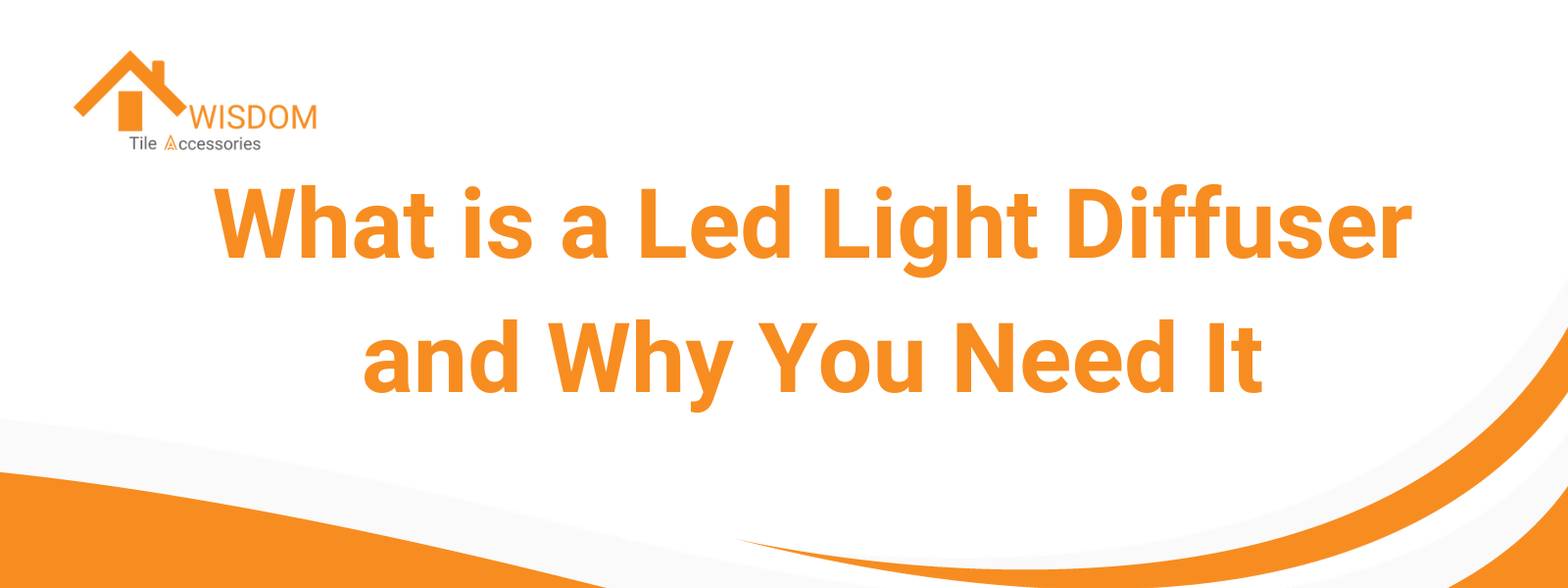
What is Led Light Diffusers?
LED light diffusers are essential components in modern lighting design, particularly with the widespread use of LED technology. Their primary function is to disperse and soften the light emitted by LEDs, which is typically more focused and intense compared to traditional light sources. This diffusion process not only reduces glare, making it more comfortable to view the light directly, but it also helps in evenly illuminating a space.
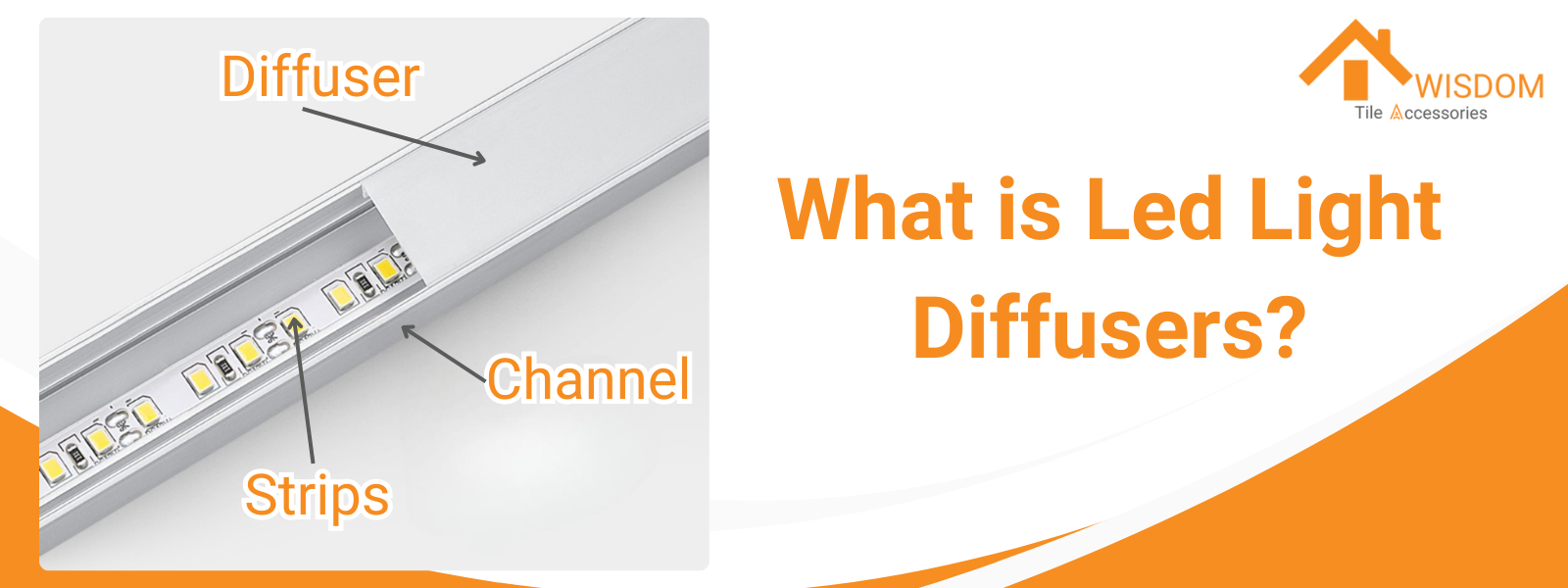
These diffusers are commonly used in various settings, from office environments, where they help minimize eye strain and improve overall light quality, to residential spaces, where they create a more ambient and comfortable atmosphere.
They come in different forms, such as sheets, covers, or panels, and can be integrated into the light fixture itself or added as an accessory.
What Material is Used for Diffusers?
Acrylic (PMMA)
Acrylic, or polymethyl methacrylate, is known for its superior optical properties and illuminance, offering the highest light transmission among plastics. It is naturally UV stable, which can be enhanced further. Acrylic is highly resistant to weathering and has excellent high-temperature performance. It is also low cost and easy to mold, making it suitable for a wide range of applications, including outdoor use due to its UV resistance and good weatherability.
Polycarbonate (PC)
Polycarbonate is a thermoplastic with a high strength and elastic coefficient, making it almost unbreakable and more durable than glass. It can resist extreme temperatures and is used in various applications such as LED light diffusers, lenses, and reflectors. Polycarbonate can be molded into sheets and films, making it ideal for diffusing LED hot spots. It is available in UV-stabilized grades for outdoor use. One of the key advantages of polycarbonate is its flexibility in design and the ability to form complex shapes like curved light diffusers.
PTEG
PETG (Polyethylene Terephthalate Glycol-modified) is a versatile thermoplastic polymer that is increasingly being used as a diffuser material in LED lighting applications. Its unique combination of properties makes it an attractive alternative to more traditional materials like acrylic and polycarbonate. PETG is also known for its good light transmission and diffusing capabilities. It can effectively distribute light evenly, reducing glare and eliminating harsh shadows. This makes it suitable for applications where a soft, uniform light is desired.
Polypropylene
Polypropylene is a newer material in the light diffuser industry. It is characterized by excellent toughness, similar to PC, and good light transmission, with around 85% transmittance. It has less dust absorption than PC and is simpler in production operations. However, its weather resistance is poor, making it prone to yellowing. PP's softness can be a disadvantage in certain applications, as it may sag or droop under its own weight.
What is the Purpose of a Diffuser in LED Lights?
Light diffusion
In the realm of LED lighting, the concept of light diffusion emerges as a pivotal element, instrumental in transmuting the quintessential characteristics of LED illumination. Light diffusion, at its core, is the art and science of softening the intensity of light, thereby eliminating the harshness that is often synonymous with LED lighting.
The fundamental principle of light diffusion in LED lights hinges on the scattering of light rays as they transit through a medium. When light encounters a rough surface, it scatters in multiple directions, as opposed to the direct, concentrated reflection seen on smooth surfaces. This process is fundamental in creating the soft, gentle nature of diffused light, transforming the direct intensity of LED lights into a more harmonious illumination.
Such uniform distribution is crucial in various settings, ranging from residential ambiances to high-end commercial displays, where the quality of light significantly influences the perception of space.

Eliminates hotspots
Hotspots are areas of intense light that can create glare and uneven lighting, detracting from the overall quality and comfort of the light. The elimination of hotspots in LED lighting is a critical aspect of lighting design, ensuring a uniform and pleasing illumination experience.
The use of diffuser materials is a primary method for eliminating hotspots. These materials, including plastics specifically designed for light diffusion, scatter direct LED light, thereby reducing the intensity of hotspots. Such materials are used across various industries, including signage, medical equipment, and public spaces.
The effectiveness of a diffuser in eliminating hotspots depends on several factors. These include the distance between the LED light source and the diffuser, the opacity of the diffuser material, and the specific design requirements of the lighting application. For example, deeper diffuser profiles or extrusions can offer better light distribution, reducing the visibility of hotspots.
Beam Shaping
Beam shaping in LED lights is a sophisticated process that greatly enhances the flexibility and application of LED technology in various lighting scenarios.
These diffusers can transform a circular LED beam into various shapes and sizes, including elliptical forms. This ability to control the distribution of light is particularly beneficial in both indoor and outdoor lighting applications, as it allows the light to be directed precisely to the areas of interest, minimizing light wastage and optimizing energy efficiency. This technology is increasingly being incorporated into LED fixtures and lamps during the manufacturing process, demonstrating its growing significance in the lighting industry.
Additionally, surface scatter technology plays a vital role in LED beam shaping. Unlike traditional volume or bulk scatter methods, surface scatter technology, such as that used in Luminit's LED diffuser sheets, offers higher transmission efficiency. This efficiency is typically around 85% to 92%, significantly higher than conventional LED light diffusers. The technology works by utilizing light that would otherwise be lost due to Fresnel loss, improving the overall efficiency of the light source.
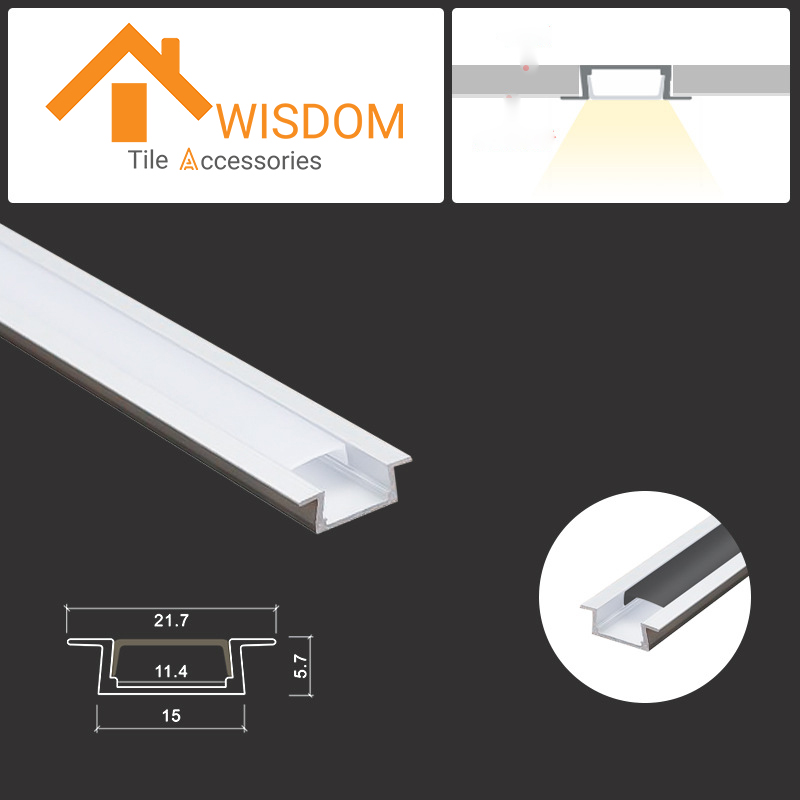
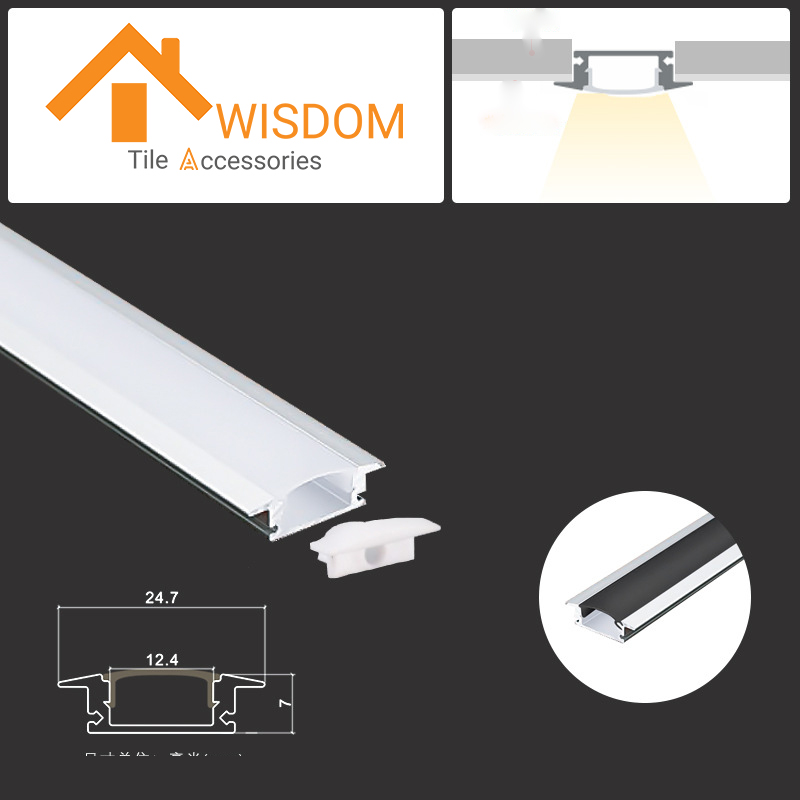
Improved Uniformity
Uniform light distribution is an indicator of the effectiveness of LED lighting, especially in spaces that require constant illumination. Diffusers spread light over a larger area, reducing the intensity of direct light and producing more uniform illumination. This is more important in commercial and residential environments, where consistency of lighting contributes to the aesthetics of the interior and exterior.
Led Color Variation
The color and texture of diffusers influence the LED's light output and appearance. Materials like opal and black diffusers are engineered to diffuse light while also affecting the perceived color of the light. Opal diffusers, being translucent white, provide good light output with effective diffusion, while black diffusers offer a unique aesthetic, appearing black when off and effectively lighting up in color when on. These characteristics are the result of advances in material science and LED technology, allowing for a range of lighting effects and applications.
UV stability
The durability and longevity of LED diffusers, especially in outdoor applications, are significantly impacted by their UV stability. Materials used in diffusers are often treated or selected for their resistance to UV light, which helps prevent degradation over time. This ensures that the quality of light and the physical integrity of the diffuser remain consistent, even in environments with high UV exposure.
Choose the Best Led Channel for Your Lighting
As a specialist supplier of building accessories, Awisdom understands the importance of choosing the right products for your lighting project. In addition to choosing a suitable LED diffuser, LED channels are also not available.
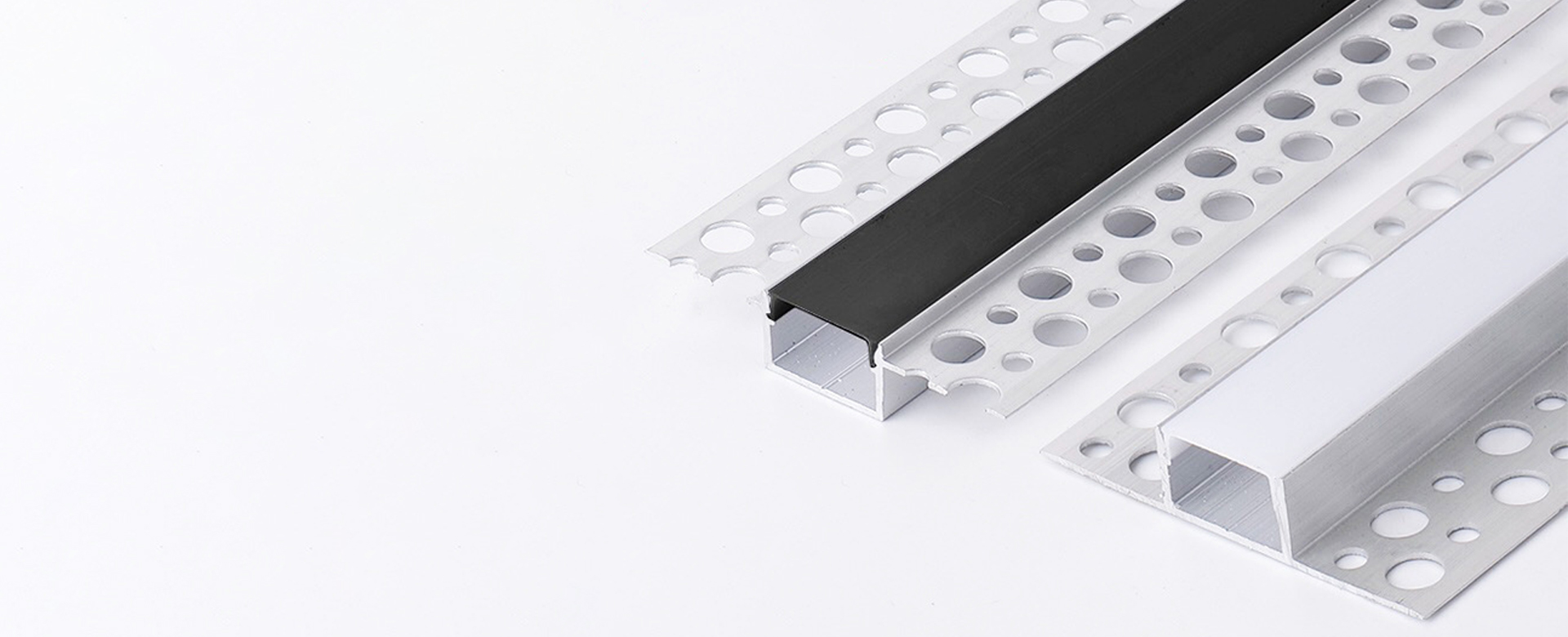
At Awisdom, we are committed to offering high-quality, innovative LED solutions that cater to the diverse needs of our clients. Our product range is designed to meet the highest standards of functionality and design aesthetics, ensuring that you have the best options for your lighting project.
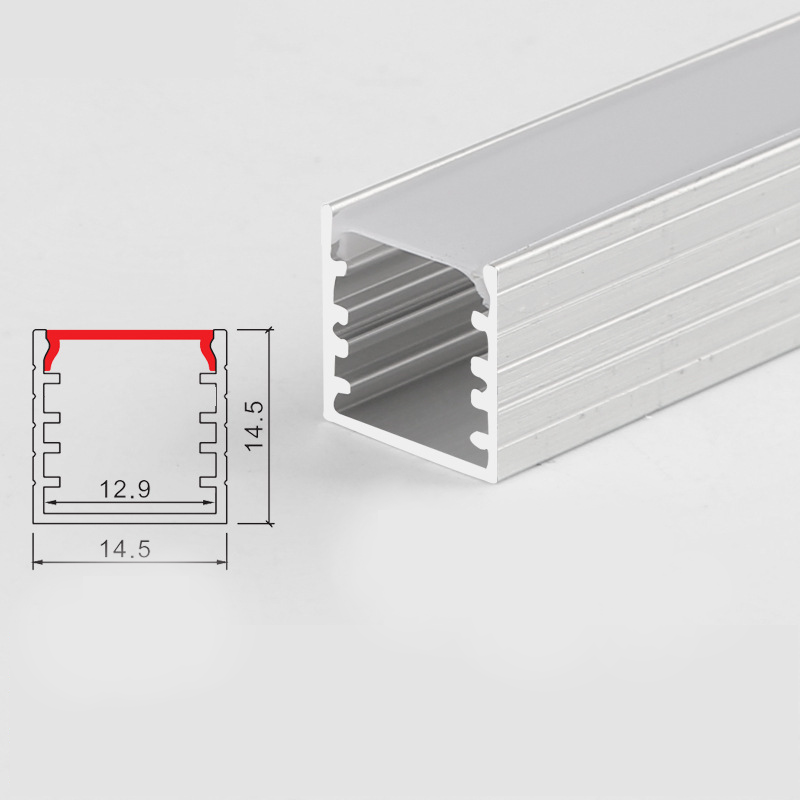
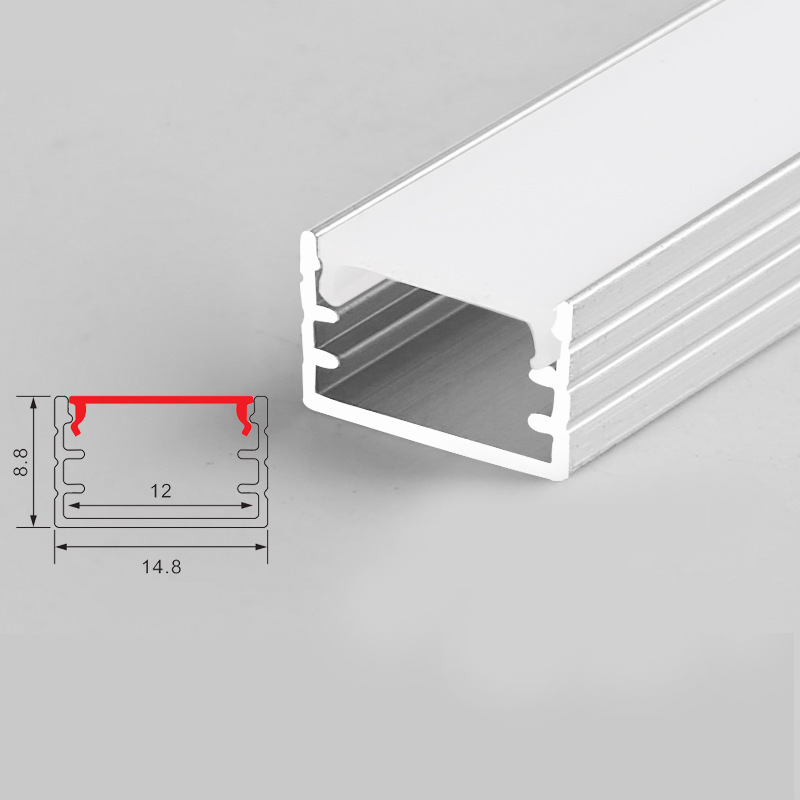
Remember, the right LED channel not only enhances the longevity of your LED strips but also elevates the overall design of your space. We invite you to explore our collection and find the perfect combination for your lighting needs.
FAQ about Led Light Diffuser
Does a Diffuser Reduce Light?
A diffuser does typically reduce the perceived intensity of light by scattering and spreading it over a larger area. This creates a softer illumination that's less harsh than direct light, making it ideal for environments where a more subdued lighting is preferred, such as bedrooms or relaxation areas.
How to Diffuse Led Strip?
To achieve uniform diffusion of an LED strip, spacing the diffusion layer at appropriate intervals is key. An effective method is to place a diffuser material at a distance that aligns with the spacing between the LEDs. This ensures an even light distribution, eliminating hotspots and creating a smoother lighting effect. Experimentation with distances can help tailor the diffusion to the specific requirements of your space.
How Many LEDs Per Meter for Diffuser?
For optimal balance between illumination quality and efficiency, using around 60 LEDs per meter is recommended. This density provides a good mix of brightness and uniformity, especially when paired with diffusers like shallow or deep aluminum channels. These specific diffuser types are effective in enhancing the aesthetic appeal and minimizing glaring effects of the LEDs.
What is the Difference Between a Light Reflector and a Light Diffuser?
A light diffuser scatters light, broadening and softening the beam to reduce glare and create uniform illumination. In contrast, a reflector redirects light without scattering, preserving the beam's intensity and direction. While a diffuser is ideal for creating ambient lighting, a reflector is more suited for focused or directional lighting applications.


